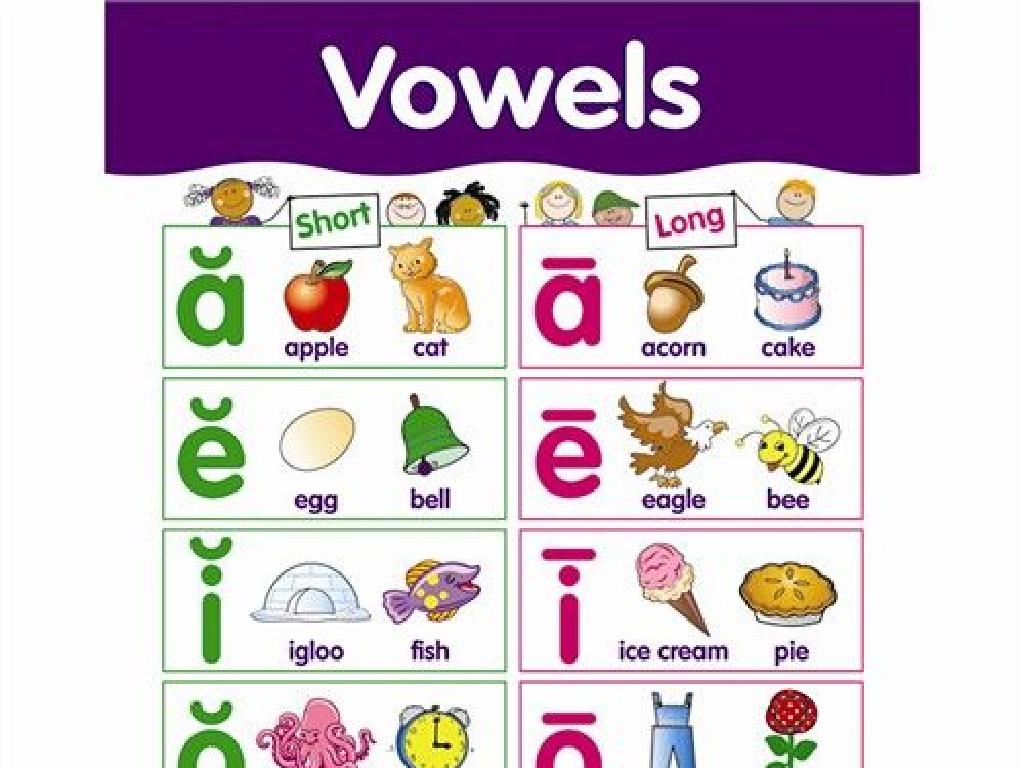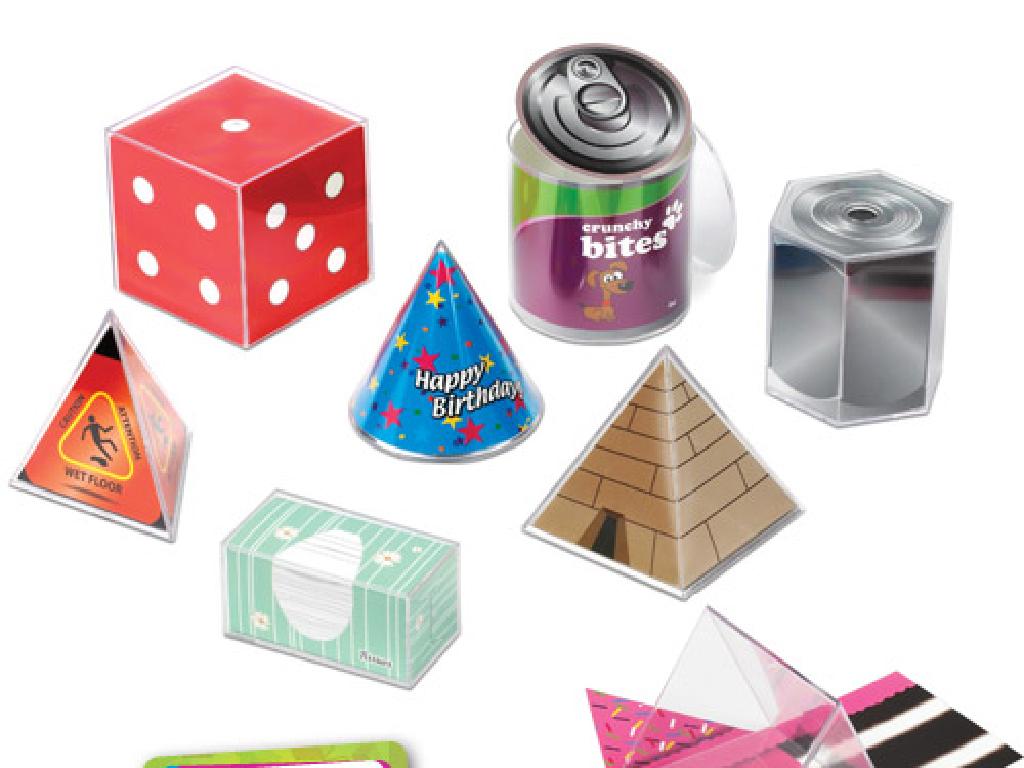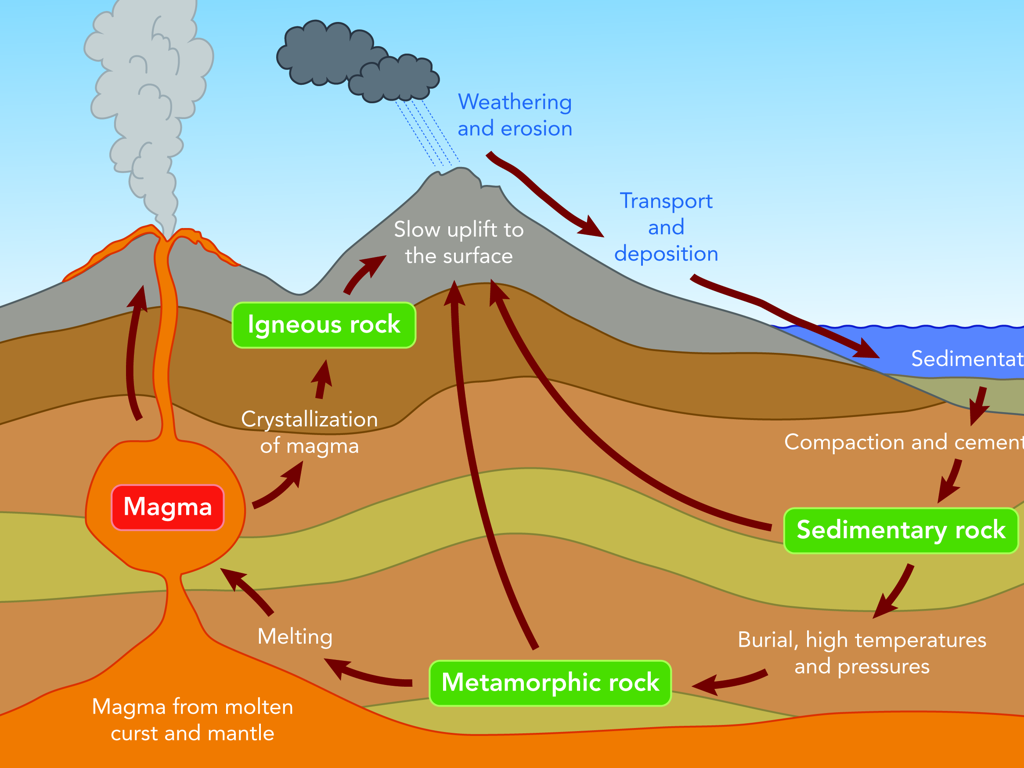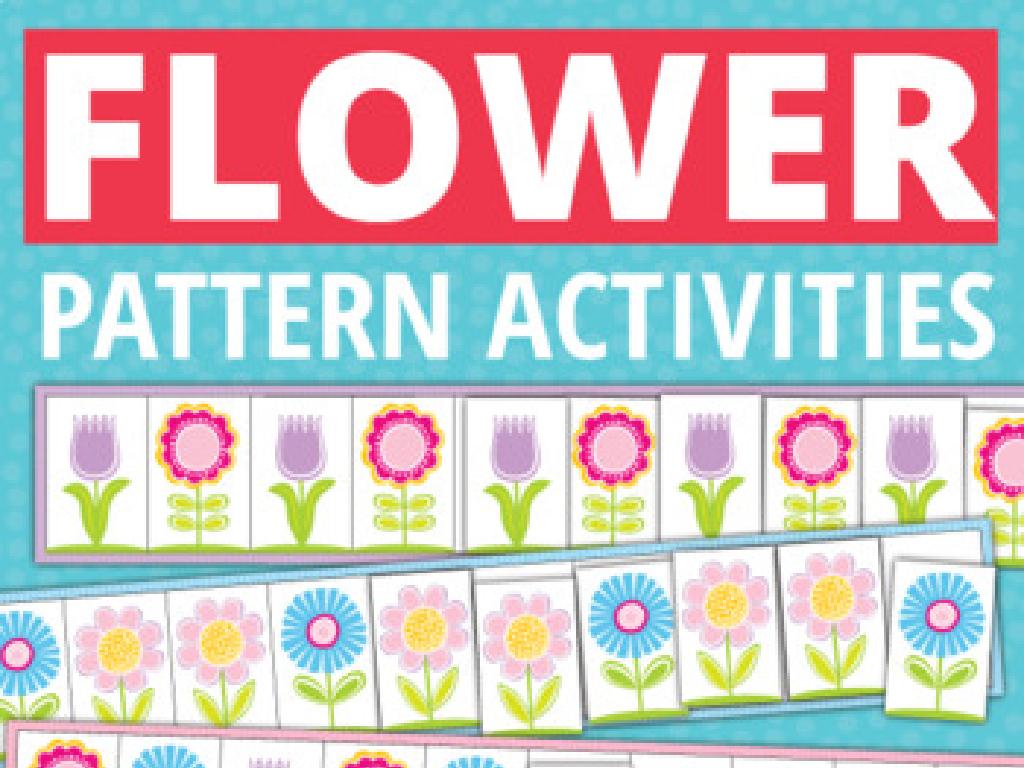Name States Of The Midwest
Subject: Social studies
Grade: Fourth grade
Topic: States
Please LOG IN to download the presentation. Access is available to registered users only.
View More Content
Welcome to the Midwest!
– Explore the Midwest region
– A region known for its agriculture and industry
– Discover what’s unique about the Midwest
– Unique for its culture, climate, and geography
– Learn the states of the Midwest
– There are 12 states to learn and locate on a map
– Engage with fun Midwest facts
|
This slide introduces the Midwest region of the United States, setting the stage for students to learn about the 12 states that make up this area. Emphasize the Midwest’s role in agriculture and industry, and discuss its distinct cultural and geographical features. Encourage students to think about what makes a region unique, including climate, landmarks, and history. The goal is to get students excited about learning the states and to provide a foundation for understanding the Midwest’s place in the broader context of the United States. Prepare to have a map for students to visually locate each state as they learn them.
Exploring the Midwest Region
– Where is the Midwest located?
– Central northern part of the US, includes states like Ohio, Michigan, and Illinois
– Characteristics: Climate, Culture, Economy
– Known for its varied climate, rich culture, and strong agricultural economy
– Why ‘America’s Heartland’?
– Nicknamed for its central location and agricultural significance
– Midwest’s role in the USA
|
This slide introduces students to the Midwest region of the United States, often referred to as ‘America’s Heartland.’ Begin by showing the Midwest on a map, highlighting its central location. Discuss the climate, which can range from cold winters to warm summers, and its cultural aspects, including music, food, and sports that are unique to this region. The economy is largely driven by agriculture and manufacturing. Explain the nickname ‘America’s Heartland’ by discussing the Midwest’s central geographical location and its historical and ongoing contribution to American agriculture. Encourage students to think about how the Midwest’s geography might influence the lifestyle and activities of the people who live there.
Exploring the Midwest States
– 12 states make up the Midwest
– Locate each state on a map
– Use a map to find where each state is situated
– Learn the state capitals
– Each state has a capital, like Indianapolis for Indiana
– Understanding state locations
– Recognize states by shape and position
|
This slide introduces students to the Midwest region of the United States, which is composed of 12 states. The goal is for students to be able to identify each state by its location on the map and to learn the capital cities of these states. Emphasize the importance of geographical literacy and understanding the political divisions within the country. Provide a clear and labeled map of the Midwest for students to study and memorize. Encourage them to use mnemonic devices to remember the states and their capitals. As an activity, students could draw their own map from memory and label the states and capitals, or they could play a matching game that pairs states with their capitals.
Fun Facts About the Midwest
– Landmarks in the Midwest
– Explore the Gateway Arch in St. Louis and Mount Rushmore in South Dakota.
– Farming’s role in the Midwest
– Known as the ‘Breadbasket of America’ for its grain production.
– The Midwest’s automobile industry
– Detroit, Michigan is famous as the birthplace of the modern automobile.
– Manufacturing in the Midwest
– Factories here produce goods like machinery and consumer products.
|
This slide aims to introduce students to the diverse aspects of the Midwest region, highlighting its famous landmarks, agricultural significance, and industrial contributions. Students should learn about the Gateway Arch and Mount Rushmore, which are iconic symbols of the Midwest. Emphasize the region’s nickname, ‘Breadbasket of America,’ due to its extensive grain farming. Discuss how Detroit played a pivotal role in the automobile industry and how the Midwest continues to be a hub for manufacturing various goods. Encourage students to think about how these industries might affect the lives of people living in the Midwest and how they contribute to the economy of the entire United States.
Let’s Locate the Midwest States!
– Interactive map activity
– Drag and drop states to their spot on a map
– Discuss states by the Great Lakes
– Which states touch the Great Lakes?
– Mnemonics for state memorization
– Create a phrase to remember the states
– Share your favorite mnemonic
|
This slide is for an interactive class activity aimed at helping fourth-grade students learn the states of the Midwest. Begin with an interactive map activity where students drag and drop state names onto the correct location on a blank map of the Midwest. Follow up with a discussion about the geography of the region, specifically focusing on which states border the Great Lakes. Introduce mnemonics as a memory aid to help students remember the states. Encourage students to come up with their own mnemonics and share them with the class. Possible activities include group work to create a mnemonic, individual practice with the interactive map, and a quiz game at the end to reinforce learning.
Midwest State Challenge
– Fill in the blank Midwest map
– Work in pairs for the challenge
– Cooperation and teamwork are key
– Share answers with the class
– Practice public speaking skills
– Discuss any challenges faced
– Reflect on the learning process
|
This class activity is designed to help students learn the states of the Midwest in an interactive and collaborative way. Provide each pair with a blank map of the Midwest and a list of state names. Encourage them to work together to correctly place each state on the map. After completing the activity, each pair will share their map with the class, allowing students to practice their public speaking and presentation skills. Discuss as a class any difficulties encountered during the activity, such as confusing the location of states with similar shapes or names. This will help reinforce their knowledge and address common misconceptions. Possible variations of the activity could include using hints for each state, timing the challenge for a competitive element, or having students also include capitals or major landmarks.
Wrapping Up: The Midwest States
– Review Midwest state names
– Locate Midwest states on a map
– Use a map to point out each state we learned
– Discuss Midwest’s role in the U.S.
– Agriculture, industry, and transportation hubs
– What’s next: The Northeast region
|
As we conclude our journey through the Midwest, it’s important for students to be able to recall the names and locations of the states in this region. Use a map to help them visualize where each state is situated. Discuss the Midwest’s contribution to the nation’s economy, culture, and history, emphasizing its significance in agriculture, industry, and as transportation crossroads. Looking ahead, give the students a brief introduction to the Northeast region, which will be the focus of the next lesson. This will help them transition smoothly to the new topic while building anticipation.






